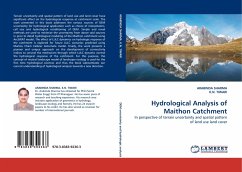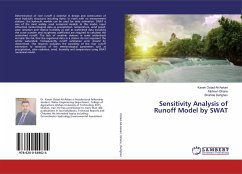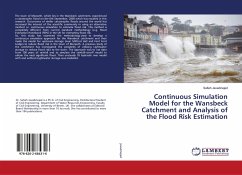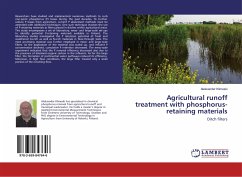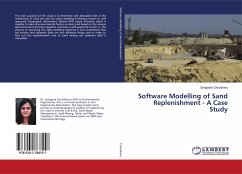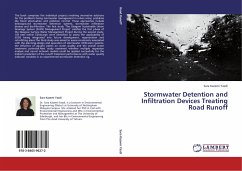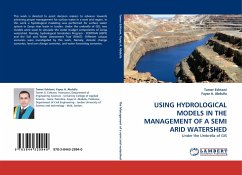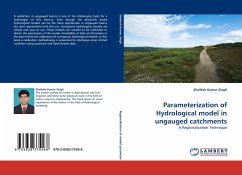Terrain uncertainty and spatial pattern of land use and land cover have significant effect on the hydrological response at catchment scale. The work presented in this book addresses the various sources of DEM uncertainty for hydrological application such as choice of interpolators, cell size and hydrological conditioning of DEM. Simple and novel methods are used to minimize the uncertainty from above said sources in prior to detail hydrological modeling of the Maithon catchment using ArcSWAT model. The effect of LULC dynamics on hydrologic response of the catchment is explored for future LULC scenarios predicted using Markov Chain Cellular Automata model. Finally, the work presents a pioneer and unique approach on the development of connectivity indices to unravel the mechanism through which LULC dynamic control the hydrological response of the catchment. For this purpose, the concept of neutral landscape model of landscape ecology is used for the first time hydrological sciencesand thus the book substantiates our current understanding of hydrological analysis towards a new direction.
Bitte wählen Sie Ihr Anliegen aus.
Rechnungen
Retourenschein anfordern
Bestellstatus
Storno

